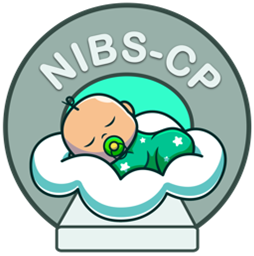Active Key Projects of DRCMR:
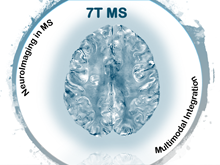 |
7T MSThe 7T MS project contains several subprojects focusing on key issues of MS, including motor function, fatigue and disease progression. We are uniquely combining advanced 7T MRI, MR Spectroscopy, and Transcranial Magnetic Stimulation to address these questions. |
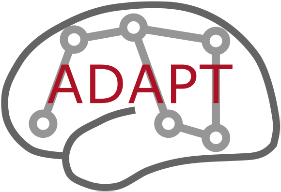 |
ADAPT-PD (ADAptive and Precise brain-circuit Targeting in Parkinson’s disease) focuses on investigating dysfunctional circuit dynamics in cortico-basal ganglia (CBG) projections to improve motor and non-motor function in Parkinson´s disease using a multi-modal approach. |
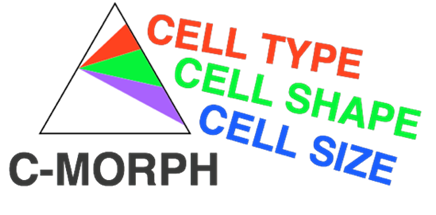 |
C-MORPHIn this project, we advance methodology on state-of-the-art MR hardware and harvest the synergy of these methods to realize Cell-specific in vivo MORPHometry (C-MORPH) of the intact human brain and spinal cord. |
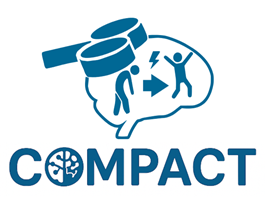 |
COMPACTCOpenhagen Magnetic Personlized Accelerated Brain Circuit Therapy (COMPACT) is an ongoing clinical trial focused on improving treatments for treatment-resistant depression (TRD). |
 |
LifebrainA project on optimizing the use of European brain imaging cohorts – Healthy minds for 0-100 years. |
|
NeuroImaging of Babies during natural Sleep to assess typical development and Cerebral Palsy.
|
|
|
LISA: a randomized Controlled Trial of the effects of 1-year resistance exercise on muscle power, strength, and mass, functional ability, mental well-being, cognitive function, and brain morphology in retirement-age individuals. |
|
| Precision Brain-Circuit Therapy: Personalized multi-target brain stimulation to restore brain function in treatment-resistant depression | |
 |
The REFRESH (REtaining Female RESearcH talent at DRCMR: Supporting successful transition to senior research roles) initiative is aimed at tackling the gender imbalance at senior research levels at the DRCMR. The initiative focuses on five pillars: awareness of gender bias, survey-based data collection, strategic workshops, visibility of female role models, and a mentoring programme for women in neuroscience. |
| SimNIBS-FMRI is funded completely by NIH BRAIN Initiative with the aim to promote the widespread use of accurate simulations based on finite-element methods (FEM) in research and clinical environments through extending and scaling SimNIBS (‘Simulation of Non-Invasive Brain Stimulation’). | |
|
SOCO is a study to determine classifiers associated with two aspects of Social Cognition relevant to patients with schizophrenia and autism: Mentalizing and Self-Referential processing, and DATA is a study to determine task-based neuroimaging to index treatment response and potentially predict treatment response to SSRI treatment in adolescent patients with depression and anxiety. |
|
 |
TECTO is the first large random clinical trial (RCT) in pediatric OCD to include neuroimaging. Characterizing the neural underpinnings of response to FCBT is essential for improving treatment efficacy and identifying potential new treatment targets. |
 |
UHEAL: Uncovering hidden hearing loss The UHEAL project is a collaborative synergy supported by the Novo Nordisk Foundation with the aim to understand, describe, and diagnose hidden hearing loss in human patient. |
 |
The Danish High Risk and Resilience Study - VIA The Danish High Risk and Resilience Study - VIA is a national longitudinal study of 522 children born to parents with or without a diagnosis of either schizophrenia or bipolar disorder. The DRCMR research is completely funded by Innovationsfonden. |
Previous Key Projects of DRCMR:
 |
The Danish 22q11 Research Initiative The 22q11 deletion as an at-high risk model for neurodevelopmental disorders such as schizophrenia and autism: Uncovering the neurobiological underpinnings. |
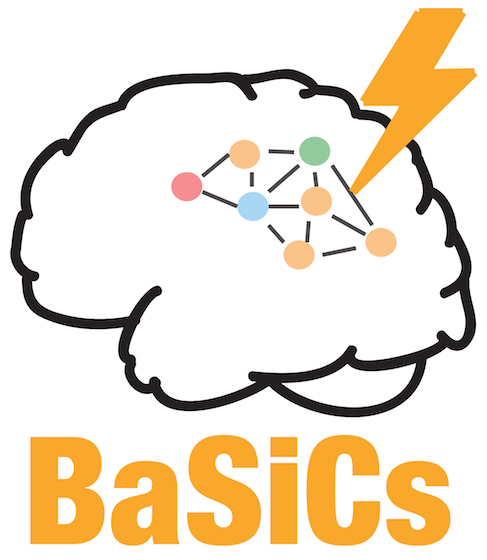 |
BaSiCs (Biophysically adjusted State-informed Cortex stimulation) is a collaboration with the Technical University of Denmark (DTU) and is supported by a synergy grant from Novo Nordisk Foundation (2015-2018). |
 |
The Control of Actions - ContAct In our everyday life, we need to flexibly adjust our actions to the challenges imposed by our environment, our internal state and last but not least the social context a situation is embedded in. |
 |
Early Life Determinants of Midlife Mental Development and Brain Structure (LifeMabs) LifeMabs is a midlife assessment of cognition, personality, social functioning and MRI of participants with unique information from the pre- and perinatal life period, childhood, young adulthood and midlife. |
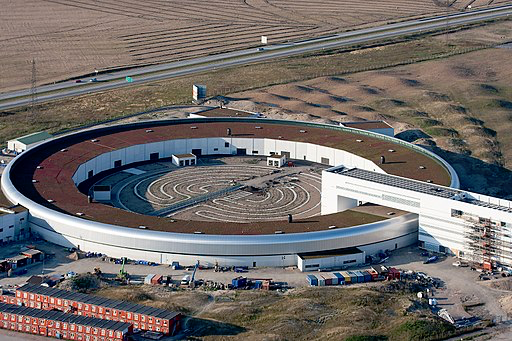 |
The MAX IV Imagers' focus is upon the development of new image analyses algorithms that make it possible for both researchers and clinicians to understand the highly detailed anatomical patterns in synchrotron images. |
 |
The Omnisam (Omnibus Satiety Metric) is a multimodal metric for predicting the satieting effects of real foods and drinks. |



